Content Marketing Services
Long live the king: content is more important than ever in today’s SEO landscape. Let LSEO’s highly sought-after content marketing SEO services drive the organic traffic that matters to your growth.
Get a free consultationUse the DIYSEO.AI website or our WordPress App to write and publish SEO Optimized Content at Scale. Build a content calendar and leverage our AI software to write as many posts as you’d like. Sign up for FREE!
What Is Content Marketing?
Content has been king in SEO since the beginning. SEO-optimized content is the beating heart of any website that wants to dominate the search engines. Quality content marketing brings in users and nurtures them through their buying journeys.
Today, your customers will still find you through high-quality blog posts and product descriptions. The nature of content marketing has changed, though. SEO content today is rich, detailed, and responsive to modern user trends.
It includes multimedia such as optimized images, videos, infographics, and interactive elements. These components keep users on the page longer, sending positive signals to Google and moving visitors closer to taking action.
Most importantly, this kind of rich content will make your business stand out from competitors so your target audience finds you first. Whixh mean it is more important than ever to find a affordable content marketing service.
Why Does Your Website Need Optimized SEO Content?
Google’s reason for existing is to gather, organize, and present useful information on the internet for the billions of people who use the search engine daily. That information exists in the form of web content.
But not just any web content will do. The information you create for your website must be optimized for SEO, or it will not stand out among the billions of other sites vying for Google’s attention.
Content that has even a chance of ranking well, and getting your business found online, must contain the proper research, comprehensiveness, keywords, headings, and the use of natural language.
LSEO has content marketing specialists with the expertise to create website content that WILL get your website ranked and found online by all the right people!
Content Marketing for the Modern Business
LSEO’s reputation as one of the best content marketing companies extends from our founder, Kris Jones.
Kris himself is a best-selling author who has kept his finger on the pulse of the digital marketing space for decades. Together with our in-house experts, Kris has developed LSEO into a true enterprise solution for all your content marketing needs.
Here’s What You Get with LSEO’s Content Marketing Services

Competitive Analysis
You and your competitors are likely targeting the same keywords. We analyze your rankings against theirs to uncover gaps and opportunities for your content strategy.

Topic Generation & Content Calendar
Using our keyword research, we build a calendar of topics for every stage of the funnel, ensuring your content engages readers and matches their search intent.

Fine-Tuned Content Creation
From long-form blogs to infographics and surveys, we craft pieces optimized for SEO with proper headings, internal links, imagery, calls to action, and technical best practices.

Content Reporting
Our team tracks performance metrics like new users, bounce rate, and time on page so we can continually refine and improve your campaign.


